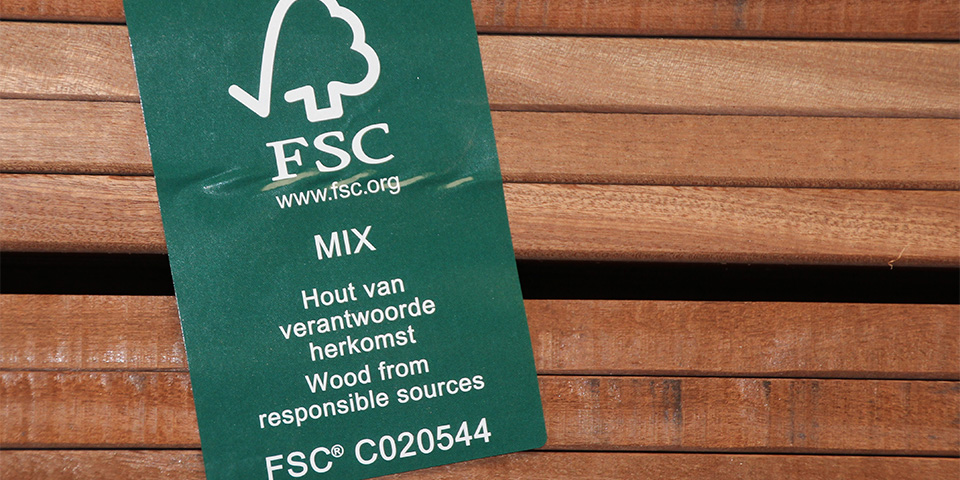
Biobased, building material of the future
The construction industry faces a major revolution in the coming years: the use of fossil materials such as plastics, metals and concrete will be phased out and made as circular as possible wherever possible. In addition, more and more use will be made of bio-based raw materials such as wood.
What are circular materials?
The central government has determined that by 2050 the Netherlands will be 100% circular, and we will be halfway to the goal in just over a decade (2030). The question is what exactly we mean by circular then. Usually this term is translated into the recycling or reuse of materials, for example demolition waste. This is called the technical cycle. What is sometimes forgotten is that circular building has another side; the so-called biological cycle. Indeed, the use of wood and other natural, "biological" (biobased) raw materials is actually the basis of circularity. This is because these materials are regrowable, and hardly produce any waste. And that is ultimately what circular construction is all about.
Catalog Biobased Building
The use of biobased materials is becoming increasingly important, but that does not yet take large-scale application for granted. As mentioned, circular building is mainly translated into recycling or reusing materials, and the knowledge about 'biobased' has not yet landed everywhere. This is why Wageningen University has published a catalog. Researcher Martien van den Oever: "With the catalog, we want to show all parties in the chain, from building owner and producer to builder and architect, which materials are already available and what properties and application possibilities these materials have. The fact that the sector often still clings to conventional materials is partly due to ignorance of what is already possible with bio-based materials. With this catalog, we want to give parties a push."
Enough wood?
Wood is already the most widely used biobased material. Will there be enough available if that demand continues to grow? Mark Kemna, FSC Netherlands: "Let's start by saying that wood is only circular and environmentally friendly if it comes from a certified forest. Whether the demand for wood can grow? Certainly it can! Only a small part of the world's productive forests are still used sustainably as wood suppliers. An increasing demand for FSC wood is causing more forests to be certified. And this certification protects them from adverse external influences, for example the threat of oil palm or soy plantations."
Want to hear more about wood as a biobased material?
Come to the FSC Event on May 23.





